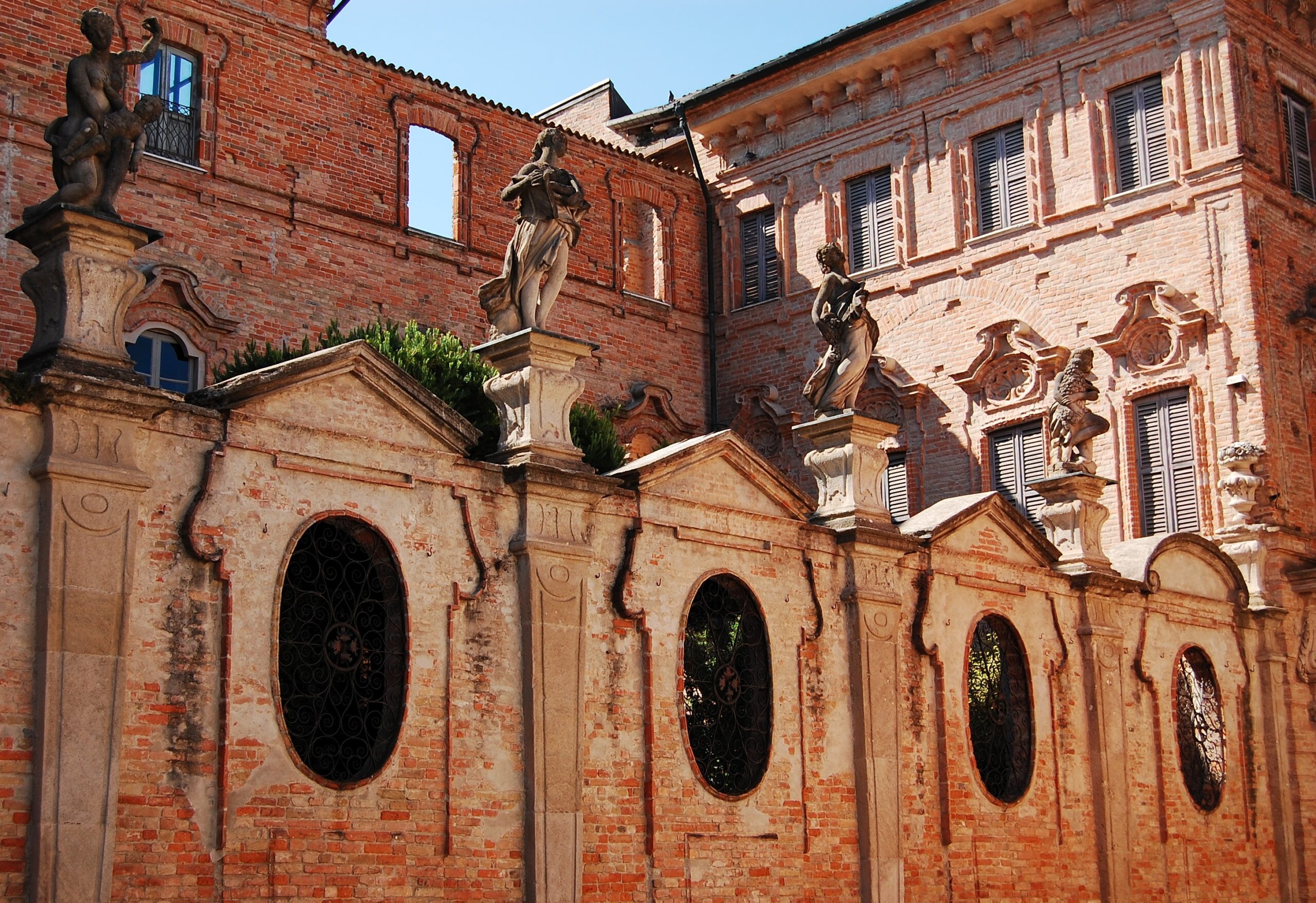The Po is Italy’s biggest waterway and the key, some might say, to her very existence as a nation, and yet it is generally completely overlooked by travellers. The winding journey along its flowing waters reveals tranquil countryside, jaw-dropping architecture, and the history of the country’s cultural Renaissance.
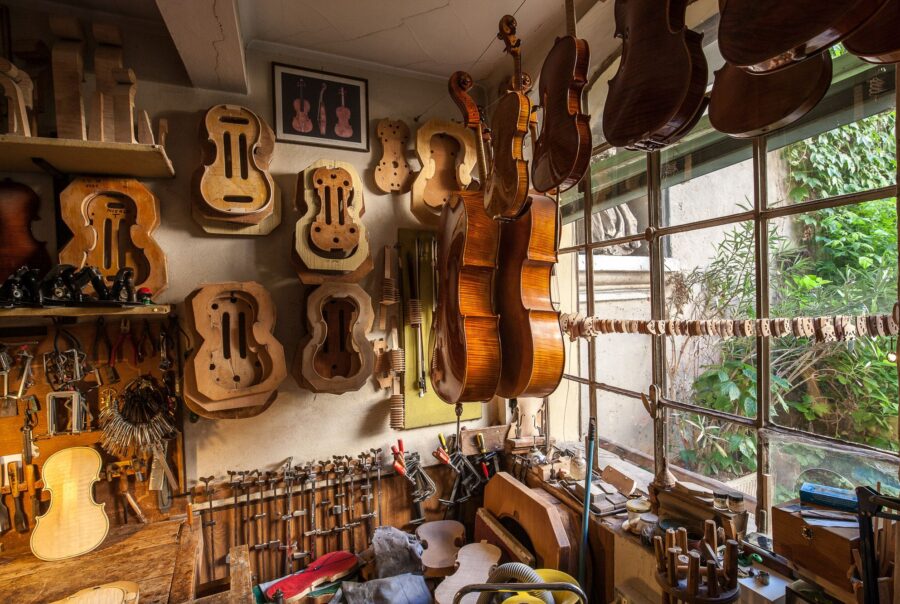
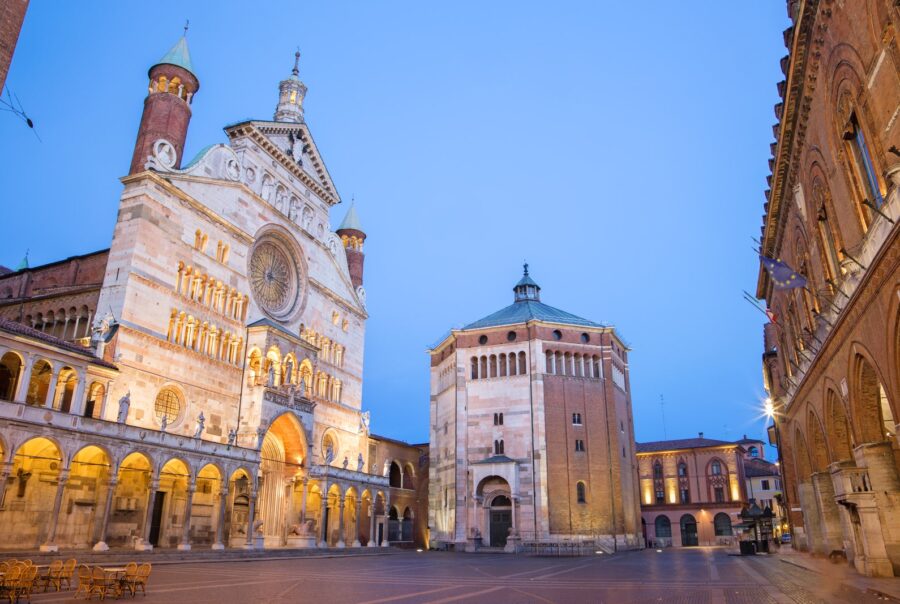
Its cities include Bologna, Turin, Milan, Mantua, Pavia, Cremona and Parma, all worth a visit and perfect for a quick weekend getaway. These were city-states where science, architecture, art and music once thrived and today offer some of the best food in the country. From the early Middle Ages to the Risorgimento, Italy’s 19th-century struggle for unification, this was pure fighting territory, whether between armies of invading superpowers or ambitious local dukes keen to stake a claim on the fertile soil. As always, it was the peasants who suffered most and a local proverb runs: ‘O Francia, o Spagna, purché si magna’ – ‘France or Spain, we don’t care who wins as long as we can eat’.
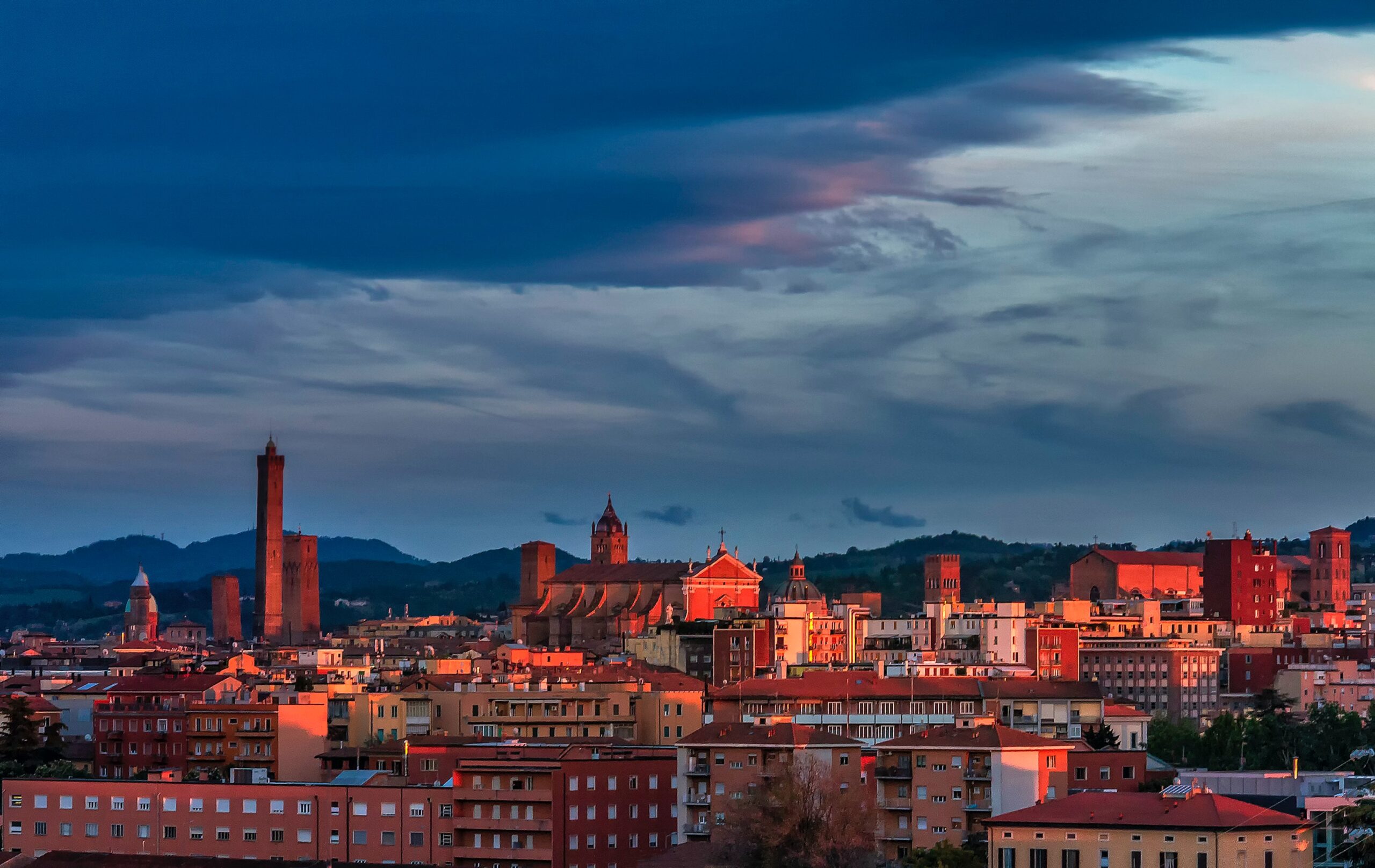
No wonder food figures so significantly in the area. Every town has a speciality, if only because the citizens learned to throw away nothing they could stew, fry, bake, boil or bottle. In Piacenza, a decent lunch gets going with pisarei e fasö, ‘little peas and beans’, a casserole of borlotti beans cooked in broth with tiny pasta nuggets, and it’s said that when a Piacentino gets engaged, his mother inspects the fiancée’s nails to ensure they are just the right shape for incising the pisarei.
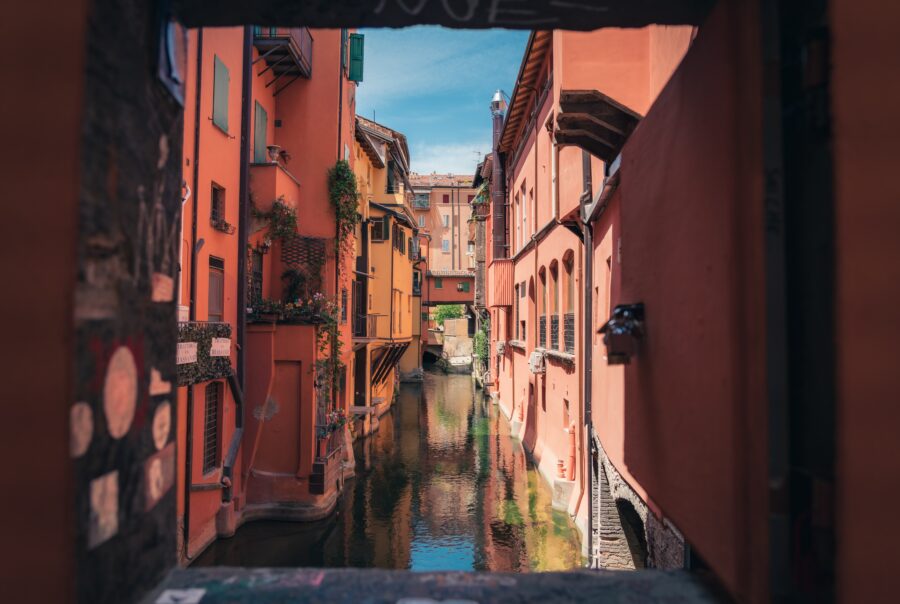
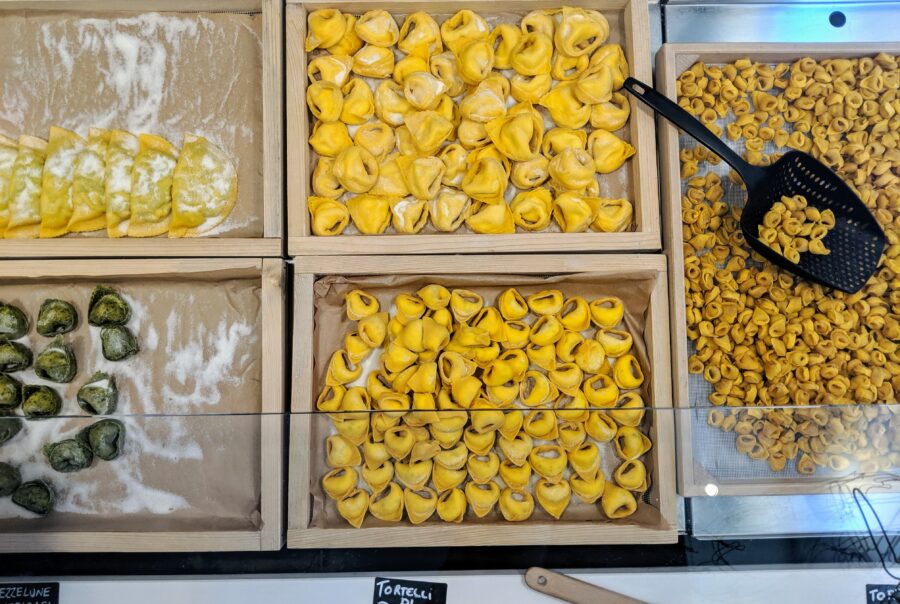
In Mantua, an architect’s bucket-list dream, from the neoclassical Palazzo Canossa, to the cool Corinthian interior of the Duomo, the discerning foodie traveller will find bliss at Osteria Francescana, chef Massimo Bottura’s three Michelin star realm and winner of best restaurant in the world in 2016 and 2018.
